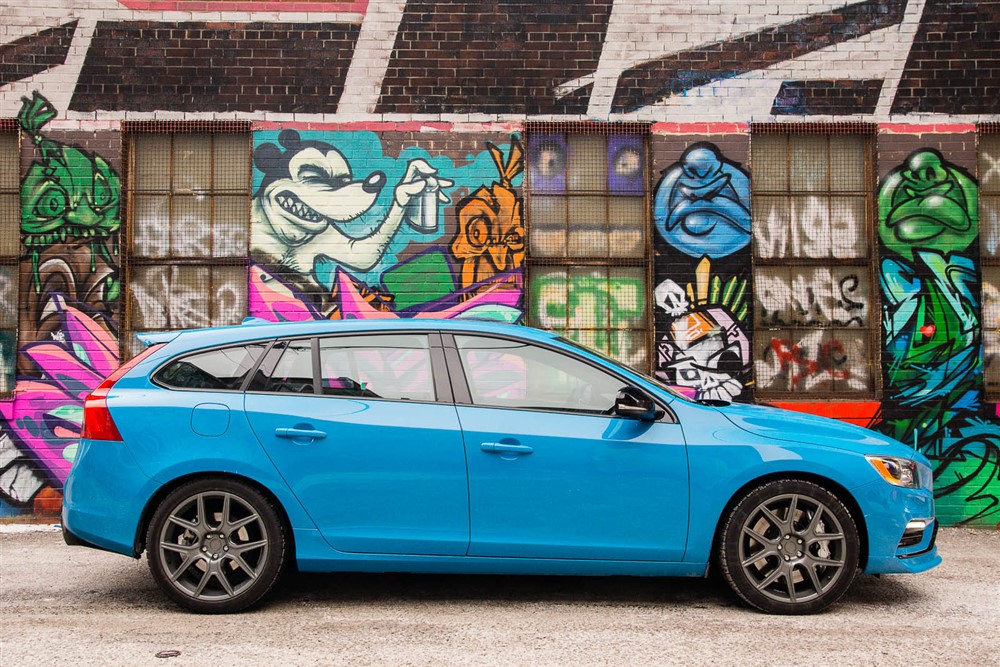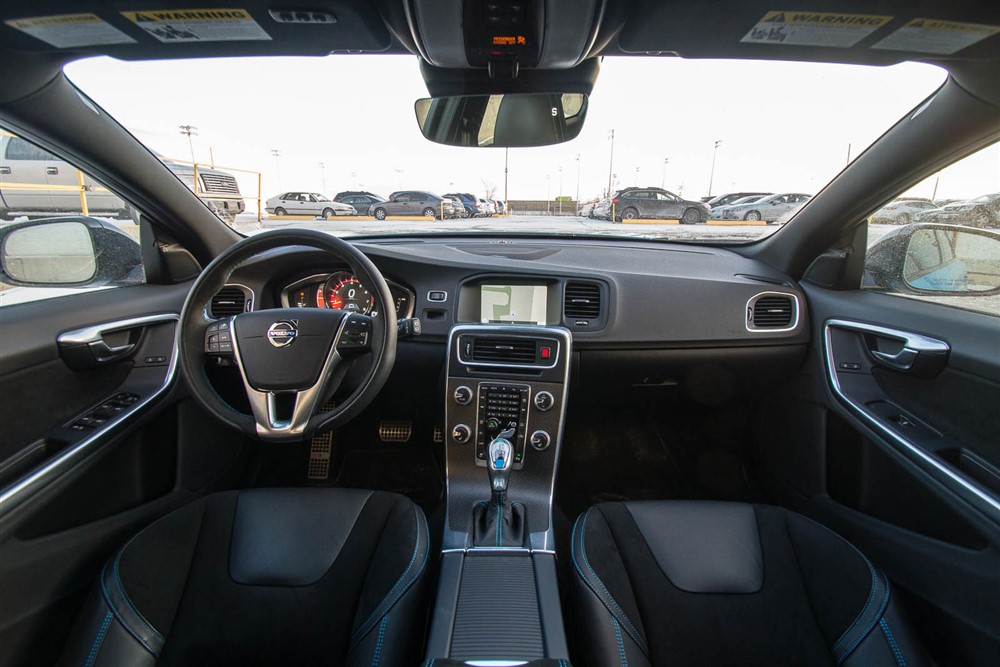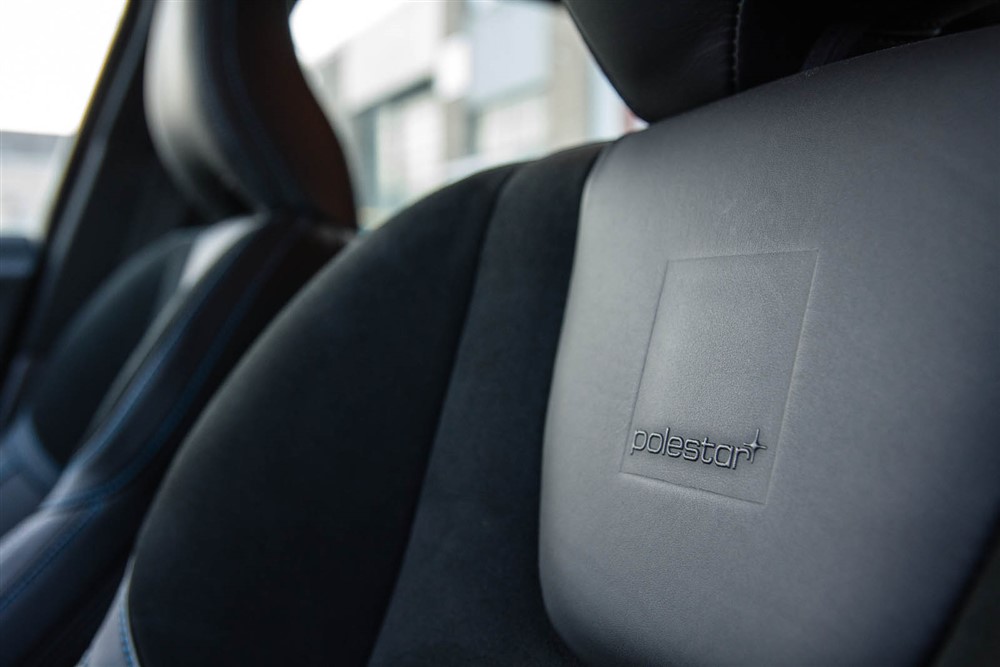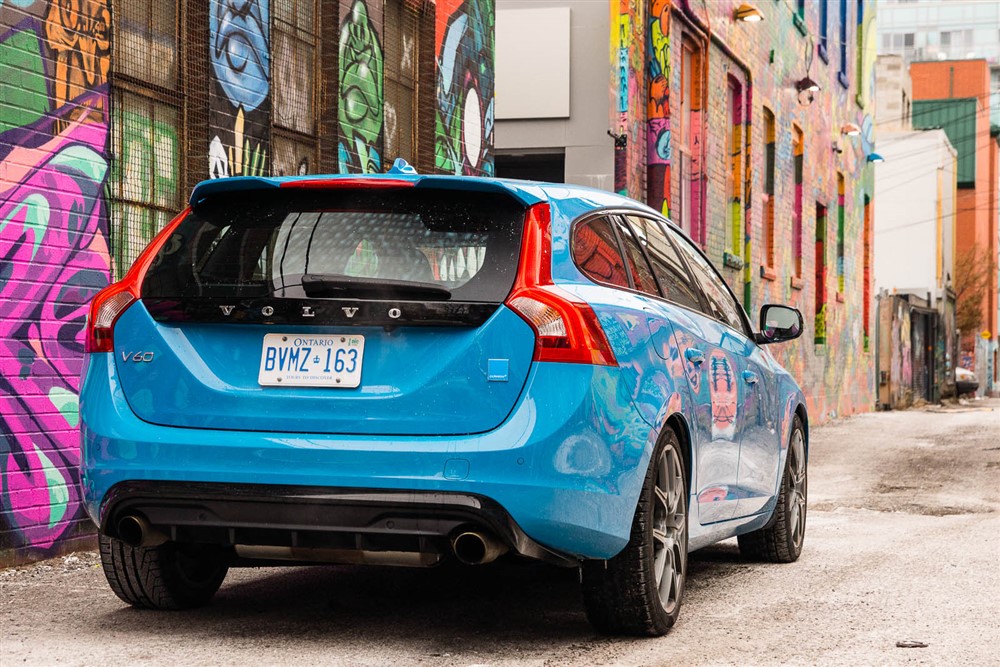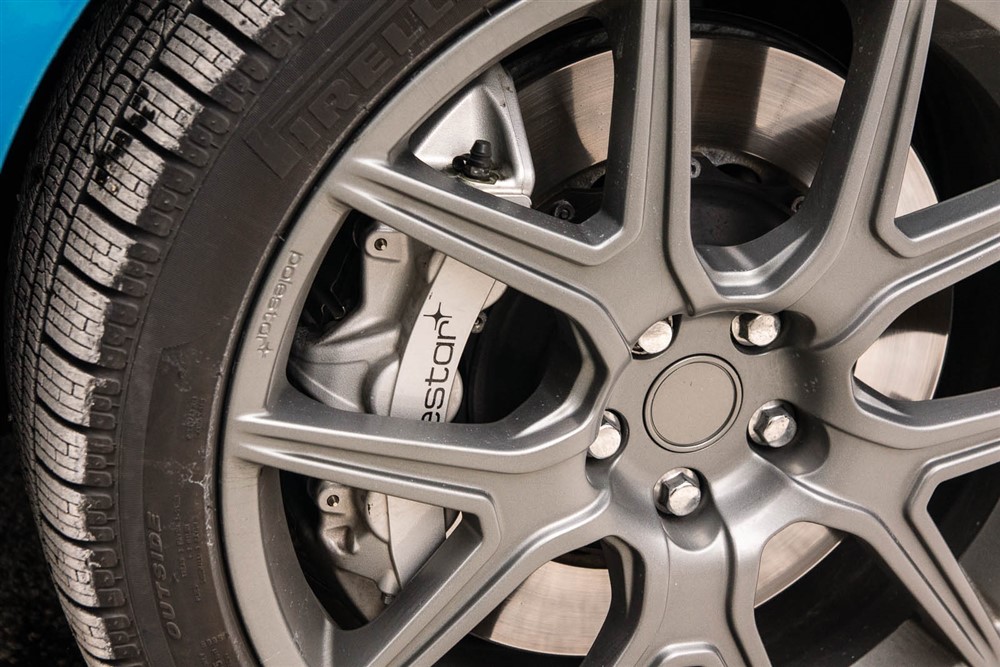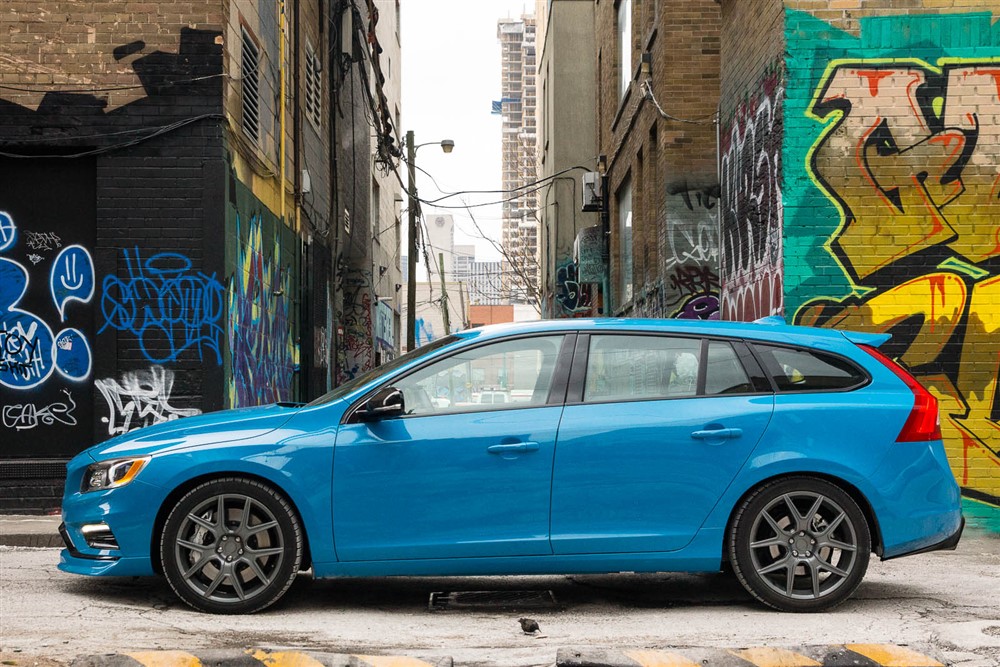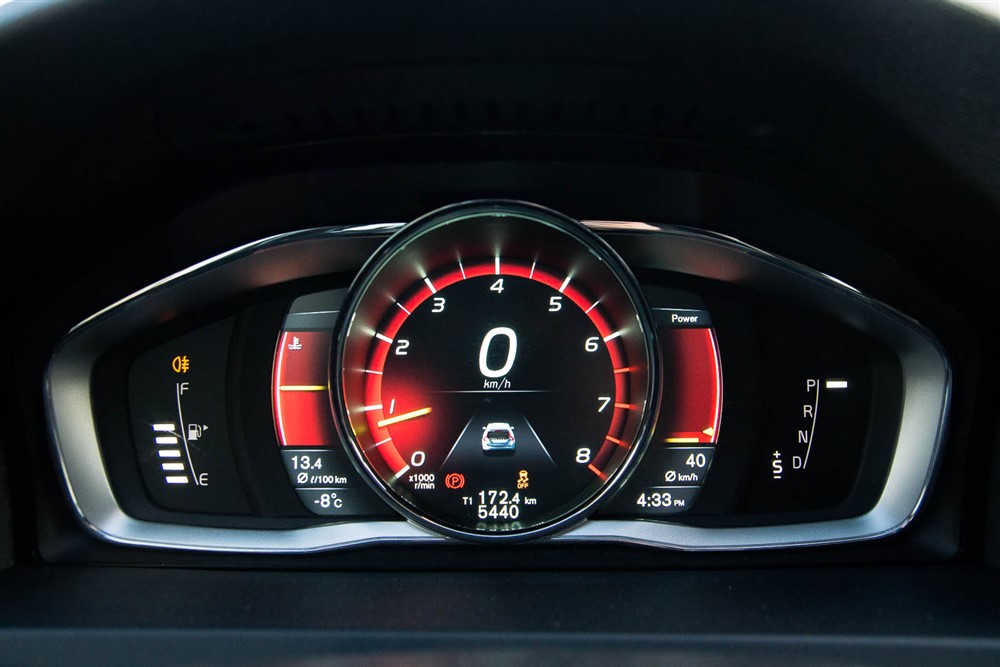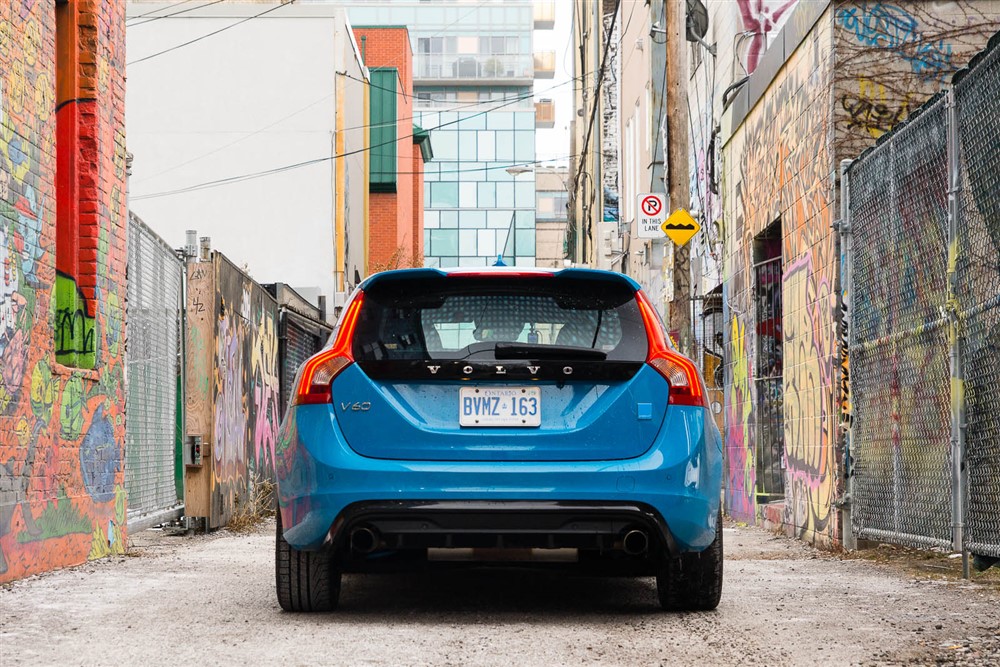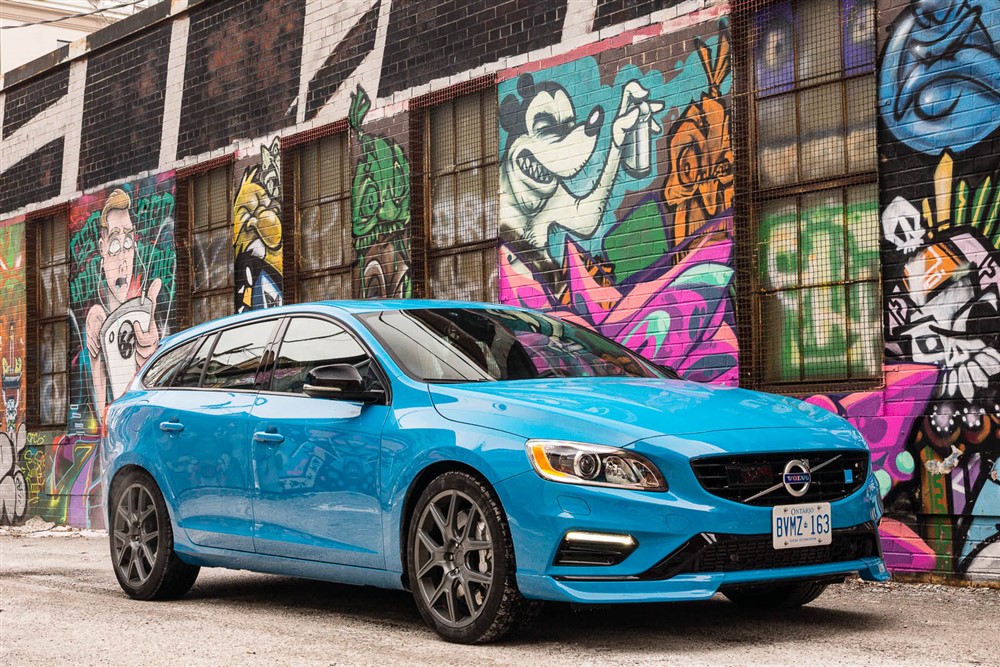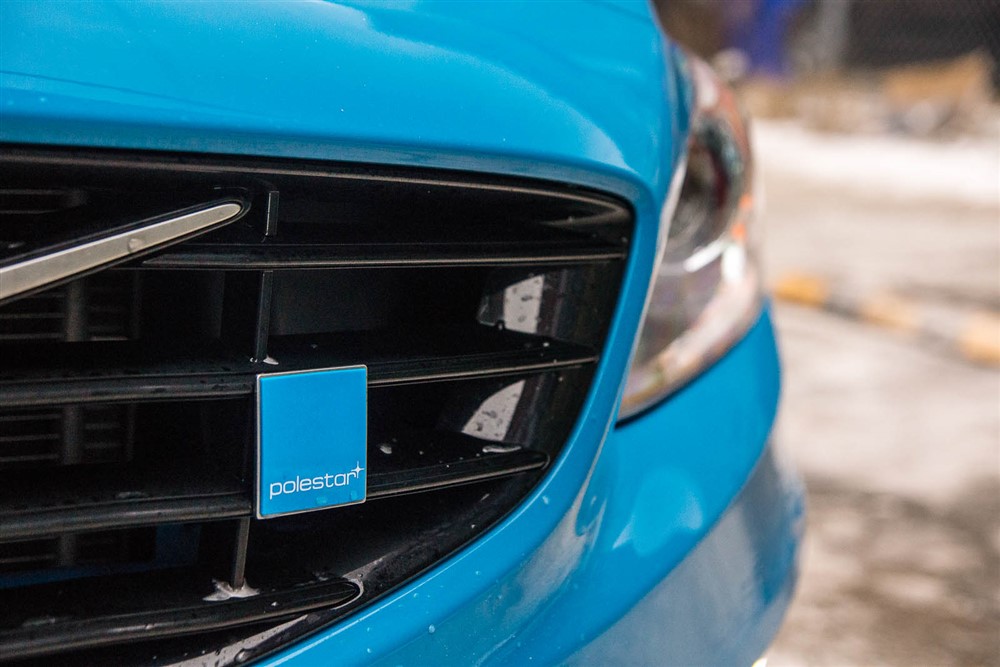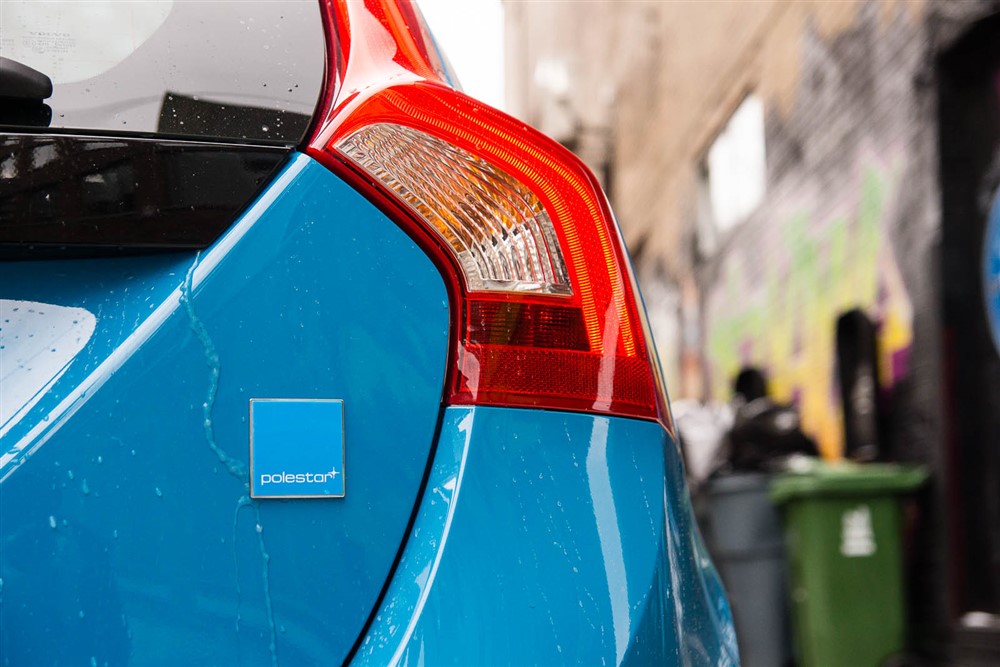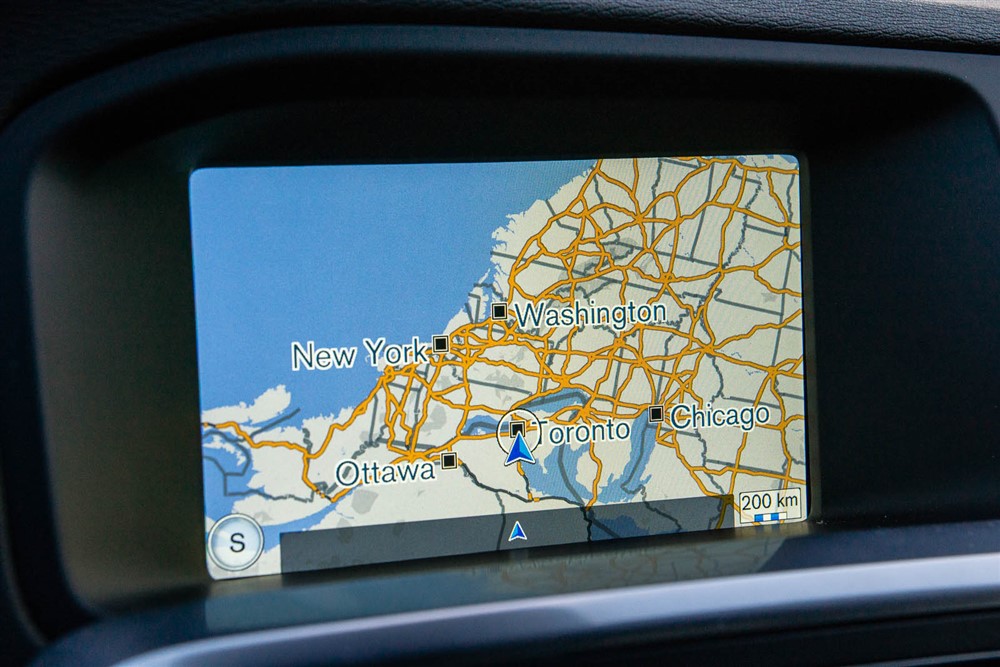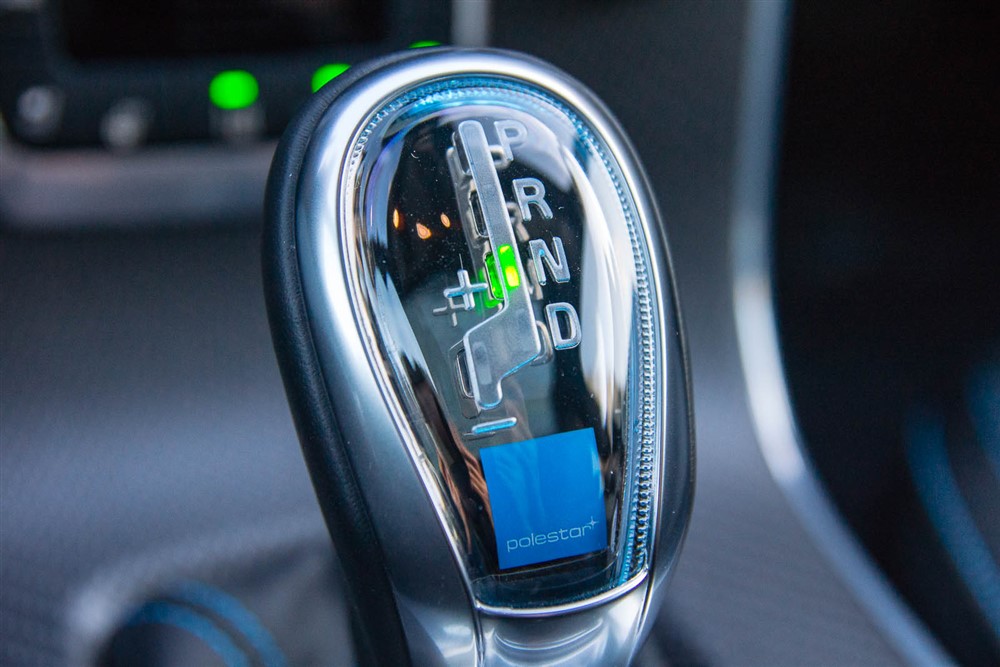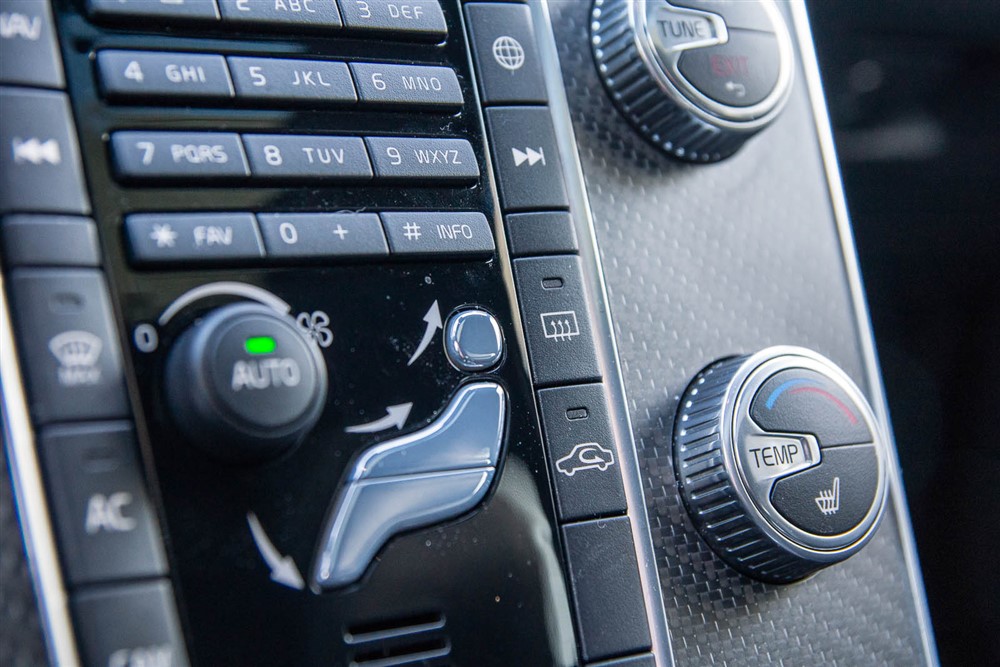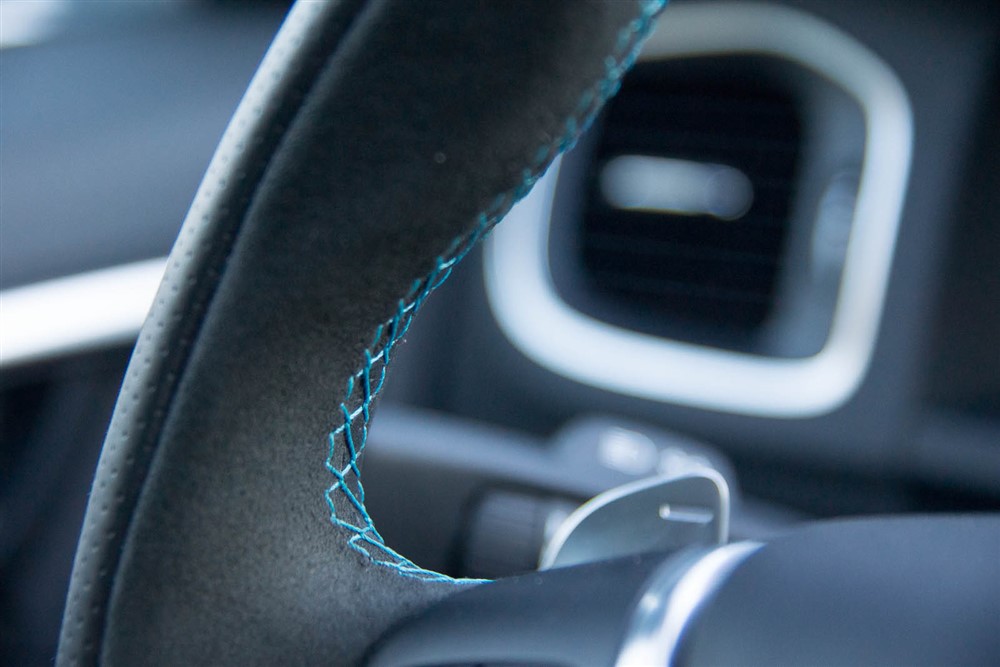If it were up to the today’s communities on the internet to decide what the “car of the people” should be, chances are they would choose something practical, modest, and enjoyable to drive. This crowd usually decries the excess associated with the sport utility vehicle, and its spawn, the crossover utility vehicle. It is generally accepted that these new “soft roaders” will rarely ever venture off the streets of suburbia, save for dealing with the inclement weather we deal with here in Canada. There is something to be said about the massive sales figures we’re seeing from the compact crossover utility market, but somebody with slightly more specific requirements may be better served elsewhere.
Enter the wagon: largely considered uncool by the motoring public, it is up to the enthusiast to carry the torch and promote its values. Being in the industry means I am likely not going to be an exception to that rule. As I’ve said before, being able to carry passengers and tons of stuff, while not giving up the car-like feel is a big deal. One bonus is the feeling of being a little different. In the sea of cookie-cutter compact crossover utility vehicles, an honest-to-goodness wagon stands out a little bit more.
Volvo has been all about the wagon for quite some time now. You still see the old-school boxy 240 wagons (245 if you want to be technical) rolling around, rust free, in a very curvy modern world. While their upcoming XC90 is getting a lot of attention these days, Volvo hasn’t forgotten about the wagon. I tested a 2015 V60 with the new Drive-E powertrain recently. It fit the bill as far as ultra-utilitarian transport went, with the useful layout and efficient turbo four-cylinder replacing the old inline-five. Its white colour only helped to play up its conservative and low-key demeanor. When I brought home another V60 a few weeks later, it couldn’t have been any more different.
The Polestar brand doesn’t necessarily ring bells in the ears of most people on the street, like BMW’s M or Mercedes-Benz’s AMG brands would. However, they’ve been around for some time, first being involved in motorsports. Being the exclusive builder of Volvo race cars for the Swedish Touring Car Championships, they built up their expertise in how best to extract the most out of the cars while keeping them reliable in high-stress conditions. Their partnership with Volvo Cars became closer and closer, and in 2010, the C30 Polestar Performance Concept Prototype was shown to the world. It was packed full of serious hardware, like a more powerful 400hp turbocharged five-cylinder engine, limited-slip differentials, premium suspension bits, and big brakes.
What got people excited is the promise of bringing excitement back to the Volvo brand. In the 1990s, the brightly-coloured 850 T5-R and succeeding 850 R brought big power, performance, and most importantly, exposure to the stereotypically sedate Volvo. The succeeding S60R sedan and V70R wagon were also definite contenders, but you couldn’t get it in the bright Cream Yellow that really turned heads. When Volvo announced the return of a high-performance option, in conjunction with Polestar, a lot of ears perked up. There would be two models: one based on the recently-updated S60 sedan, and my tester for the week, the more-interesting V60 Polestar wagon.
Part of the appeal of the V60 Polestar wagon is that it does everything a good wagon should. I picked up my V60 Polestar, painted in a striking Rebel Blue. It is this shade of blue that has adorned many publications around the world – you might as well call it Swedish Racing Blue. The colour is the first thing that grabs your eye – it’s not your ordinary Swedish wagon we’re dealing with here. The blue reminds me a little bit of the Yas Marina Blue on the 2015 BMW M3 we tested last year. Both are eye-catching and quite shouty, if you’re into that sort of thing.
Up front in the grille and on the rear hatch are matching blue Polestar emblems, if you needed the hint. There are a few other aesthetic modifications that while subtle, improve the Polestar’s aerodynamics. Front corner splitters under the bumper better manage airflow under the car, and the rear high-mount spoiler and diffuser at the bottom of the bumper help to increase downforce at speed. The V60 Polestar comes with gorgeous (and massive) Polestar bespoke 20” wheels (8” wide) and 245-section Michelin Pilot Super Sport summer tires. Since we’re in the middle of the winter, Volvo Canada has appropriately fitted a set of Pirelli performance winter tires wrapped around Polestar-specific 19” wheels. There’s no way to fit anything smaller due to the huge six-piston Brembo brake hardware. Interesting tidbit: Polestar engineers specifically say in capital letters, “ALL-SEASON TIRES ARE NOT ALLOWED ON THIS CAR”.
Polestar works its magic on many different aspects of the V60, but what’s under the hood will likely draw attention first. Taking the existing “T6” 3.0L turbocharged inline-six gasoline engine, Polestar massages it by way of a larger twin-scroll turbo, a larger intercooler, 2.5” stainless steel exhaust, and a more aggressive ECU calibration to produce 350hp at 5700rpm and 369lb-ft of torque from 3000-4750rpm. All of these upgrades come together to make for a seriously fast station wagon – Volvo quotes a 0-100km/h time of 4.9 seconds, all the way to an electronically limited top speed of 250km/h. The increased power is routed to a re-calibrated version of the existing Volvo-Aisin AWF21 six-speed automatic transmission found in the standard T6 model. Power then gets to the ground by a re-calibrated Haldex all-wheel drive system. No manual transmission is offered, unfortunately.
After you get a good look at the big power under the hood, there are more upgrades to discover that you can’t see at first glance. Hiding in the wheel-wells, lives some serious hardware that support the V60 Polestar’s ability to dance in the corners with you. All around, stiffer springs and dampers (to the tune of 80% over the standard V60 T6 R-Design) help keep things flat and stable. The dampers come from renowned Swedish performance brand Öhlins. Often seen in high-end race cars and motorcycles, these dampers do a great job managing the increased spring rate. The dampers themselves are adjustable, but Volvo’s default settings provide a good balance between body control performance and ride comfort. More and more newer cars are coming with electronically adjustable dampers, but Volvo does it the traditional way, by way of a physical adjustment at the top of the damper itself. Öhlins prefers it this way. In addition to the hard suspension bits, upgraded anti-roll bars, bushings, and additional chassis bracing round out the package.
Inside, the V60 Polestar is subtly upgraded from the standard V60. The seats are more aggressively bolstered, but don’t give up anything in the way of the perfect support we’ve come to love from the ergonomic masters in Sweden. These seats feature Nubuck leather inserts, which look and feel like grippy suede. Under high cornering load, this material along with the more aggressive side bolstering help keep you comfortable in a proper driving position. There’s more Nubuck to be found on the steering wheel for a better grip under enthusiastic driving, and on the centre armrest for that premium feel. Matching Rebel Blue accented stitching is found on the seats and steering wheel, and the shift knob itself features Polestar’s square logo. The centre stack is also fitted with generous amounts of carbon fibre trim.
Volvo and Polestar, in their quest to produce a racy sports car, haven’t followed the lead of some manufacturers, and left all the interior luxury appointments alone. Satellite navigation is still standard equipment, as are steering-sensitive high-intensity discharge xenon headlights, and even a heated windshield. Then there’s the alphabet soup of active and passive safety systems, like Volvo’s City Safety system, forward collision warning with auto brake, lane departure warning, and driver alert control, among others. There’s also adaptive cruise control built in as part of the gadgets included. The V60 Polestar is all-weather friendly like most Volvos are, so the heated seats and heated steering wheel are extremely valuable on those bitterly cold mornings.
Those in the know will be able to point out the Polestar from a distance, mostly by its bright shade of Rebel Blue. What most people don’t expect, is that these bright blue Polestar sedans and wagons are actually extremely rare. Produced in very limited quantities – 750 to be exact for 2015 – there are many aspirational supercars on the market today that are produced in higher volume than the S60 and V60 Polestar. Volvo Canada quotes the 2015 V60 Polestar as having a MSRP of $66,895 before taxes and fees. In terms of its European competition here in North America: BMW’s 3-Series Touring isn’t available with the six-cylinder engine, and Audi no longer produces the A4 or S4 Avant. Mercedes-Benz no longer produces a C-Class wagon. The V60 Polestar is a relatively impressive value considering the serious performance credentials and exclusivity. It’s one of the rarest cars I’ve had the chance to drive, I can tell you that.
I knew my week with the V60 Polestar would be a great one. I am normally opposed to attention-grabbing body colours, but I can’t say enough about the Rebel Blue. The wagon utility combined with all the serious upgrades baked in – where else can you get this amazing combination? To many residing on the internet, the V60 Polestar is literally the perfect car for all purposes. What can possibly be wrong?
Well, as much as I love it, this is a slightly flawed car for a few reasons. Its lack of a manual transmission is probably one of the most obvious items, and as such, I went into the week with somewhat low expectations for the six-speed automatic transmission. This gearbox has been in Volvo’s parts bin for quite some time now, and I’ve never really grown to like it in its other applications. What Polestar has done to this transmission shows that it really is possible to teach an old dog some new tricks. While the first to second-gear upshift can be a little mushy at times, it’s quite a bit improved when under the right conditions. Upshifts from second all the way up to sixth are firm, quick (for a transverse gearbox) and very deliberate. I think it would still be fair to see it paired up with a manual transmission, or perhaps the more modern eight-speed automatic seen in the V60 Drive-E.
The Sport mode tightens everything up, in addition to opening up the active exhaust system. Two valves open up just ahead of the rear muffler, and the exhaust system basically becomes a straight-through pipe after the catalysts. The sound is quite intoxicating, as most inline-six engines tend to sound. Some may argue that the volume is a bit much, but it’s just a matter of moving the shifter back to the normal Drive mode if you need to be discreet. For what it’s worth, I drove around in the Sport mode with manual gear selection for the entire week.
If you dig deep into the “My V60” section of the menu, you’ll find two options that matter from a performance perspective. De-selecting the “ESC ON” option will not only disable such electronic interventions like traction and stability control, it will also direct the Haldex all-wheel drive hardware to direct more power to the rear wheels, resulting in increased agility. While the V60 Polestar features a front-biased powertrain, it is quick to shuffle torque to the rear axle. It is actually quite easy to rotate the car using the throttle on slightly slippery surfaces.
The second option of note is the adjustable steering assist. Selecting the “High” option makes the steering quite light and numb. The “Low” option does as you’d expect – the steering firms up nicely, but raw feedback through the wheel doesn’t change very much from setting to setting. There is, however, an abundance of feedback from the uprated springs and Öhlins dampers. The ride is firm, but not punishingly so. This is about as firm as I’d want my daily-driver to be. In other words: perfect.
Fuel economy is typically not a high priority in these types of cars, but nobody wants to be fleeced at the gas station all the time. Volvo Canada’s spec sheet doesn’t actually list specific consumption values for the V60 and S60 Polestar, but one of Polestar’s goals was to add power without a significant efficiency penalty, if at all. Volvo rates the V60 T6 R-Design AWD at 12.8L/100km in the city and 8.9L/100km on the highway. I wasn’t expecting the greatest efficiency numbers in the V60 Polestar, but I was surprised to end my week with a 13.4L/100km average. This consisted of very mixed driving, and I was honestly expecting worse considering the cold temperatures this winter. The V60 Polestar will accept 67.5L of Premium (93 octane recommended) fuel.
My week with the Volvo V60 Polestar was immensely entertaining. The decline of the wagon and the rise of the crossover utility vehicle has made cars like the Volvo V60 a bit of an outlier in the world of practical vehicles for people who like to do their research and I’m glad Volvo decided to bring it back. The V60 Polestar is special for its shouty colour and serious performance credentials. The brass at Polestar wanted to create a serious sports car that could be used all year long, and they’ve more than just succeeded. There are only a handful of legitimately fast wagons out on the market today – the Mercedes-Benz E63 AMG S-Model 4MATIC Wagon is the most glaring example, complete with its complex name and easy six-figure price tag. Some have asked me about the appeal about such a car – and the most appropriate answer I could come up with is: Nobody suspects the wagon. Auto enthusiasts often gravitate to limited production offerings, and with the V60 Polestar as good as it is, I think we can consider it to be forbidden fruit, but only almost. Volvo absolutely needs to build more stuff like this.

